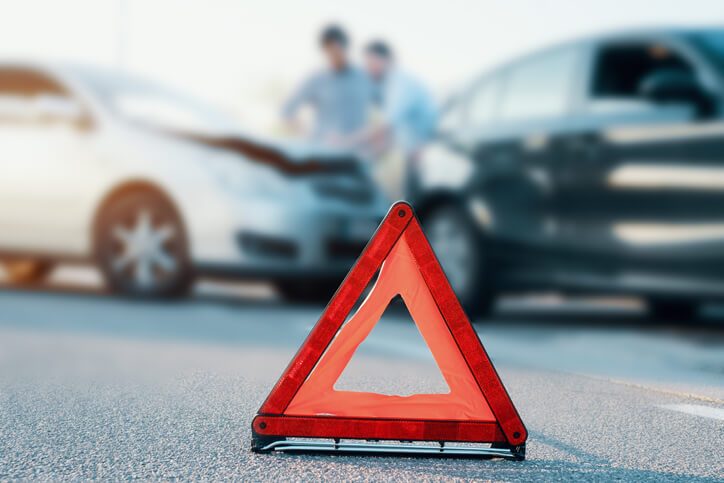
As the cold begins to thaw across the country, many families begin planning their spring and summer vacations. With students out of school and families taking road trips, more people are on the road in the summer, which unfortunately means that car accidents increase during the summer months. Now is the time for your agency to begin preparing for the inevitable uptick in summer auto accidents. Here’s what you can do to save lives:
Educate Your Community About Car Safety
At least 90 percent of car accidents are preventable. Even when an accident is the inevitable result of an unforeseeable catastrophe, there’s much that a person can do to reduce the risk of death and serious morbidities. Consider planning a car safety seminar for your community. Educate them about these car safety tactics that can save lives:
- If a car is moving, wear a seatbelt. Do not adjust the seat belt to be looser or less restrictive.
- Put children in car seats designed for their height, weight, and age. Keep babies and toddlers rear-facing as long as possible. Ensure car seats are properly installed and that the straps are securely buckled and appropriately positioned. Here is a quick guide to common car seat errors.
- Don’t use your car as an outlet for your emotions. Aggressive, angry driving kills people. Speeding in frustration is a leading cause of serious accidents. Find another way to manage your feelings.
- Never, ever text or talk on the phone while driving. Looking down for even a second can cost you or another person their life.
Be Prepared to Secure Car Accident Scenes
Securing a car accident scene can prove challenging. On one hand, a car accident scene may be a crime scene, and it is important to preserve evidence. On the other hand, you have an obligation to protect injured people and yourself. Car accident scenes are primary sites for EMS injuries. Onlookers and distracted drivers may plow into the scene, making a bad situation worse. Sometimes drivers become angry, or even violent. So critically evaluate the scene and ensure law enforcement is on the way. If they are already on the scene, work with them to secure it as quickly and safely as possible.
Know How to Extract Patients
One of the most perilous situations following an accident happens when a survivor is trapped in a car or under a vehicle. Your department must have a plan for dealing with this scenario. Usually, this means a partnership with your local fire department.
When a person is trapped, administer as much emergency care as is safely possible. For example, you can apply pressure or a tourniquet to a visible wound or clear the airway of a choking person. Do not attempt to pull or cut them out unless there is an immediate threat to their life, such as a car on fire. People trapped in or under vehicles often have spinal cord injuries, so moving them may be life-threatening.
Be Prepared for Head and Spinal Cord Injuries
Head and spinal cord injuries are among the most common serious car accident morbidities. You must be prepared to treat patients without moving them. That requires a portable trauma kit, as well as significant training in airway management, spinal cord injuries, and patient stabilization. Treat all patients as potential head or spinal cord injury survivors because not all such injuries are immediately apparent—particularly if a patient is in shock. Stabilize them as much as possible and keep them still while moving toward a quick transport. Always call the hospital ahead of time to alert them to the pending arrival of a trauma survivor.
Protect the Airway
Airway management is often critical to the survival of those involved in a car accident, especially when there are complicating factors such as being trapped in a car, exposure to toxic fumes, and shock. Ensure you have a portable airway suction machine in your kit. This allows you to tend to the patient without moving them. Reliable equipment is key, so store all attachments and a spare battery with your airway management equipment, and test it each morning according to the manufacturer's instructions.
We can help you select the right tools for your agency to clear a patient’s airway. For assistance, download our free guide, The Ultimate Guide to Purchasing a Portable Airway Suction Device.














